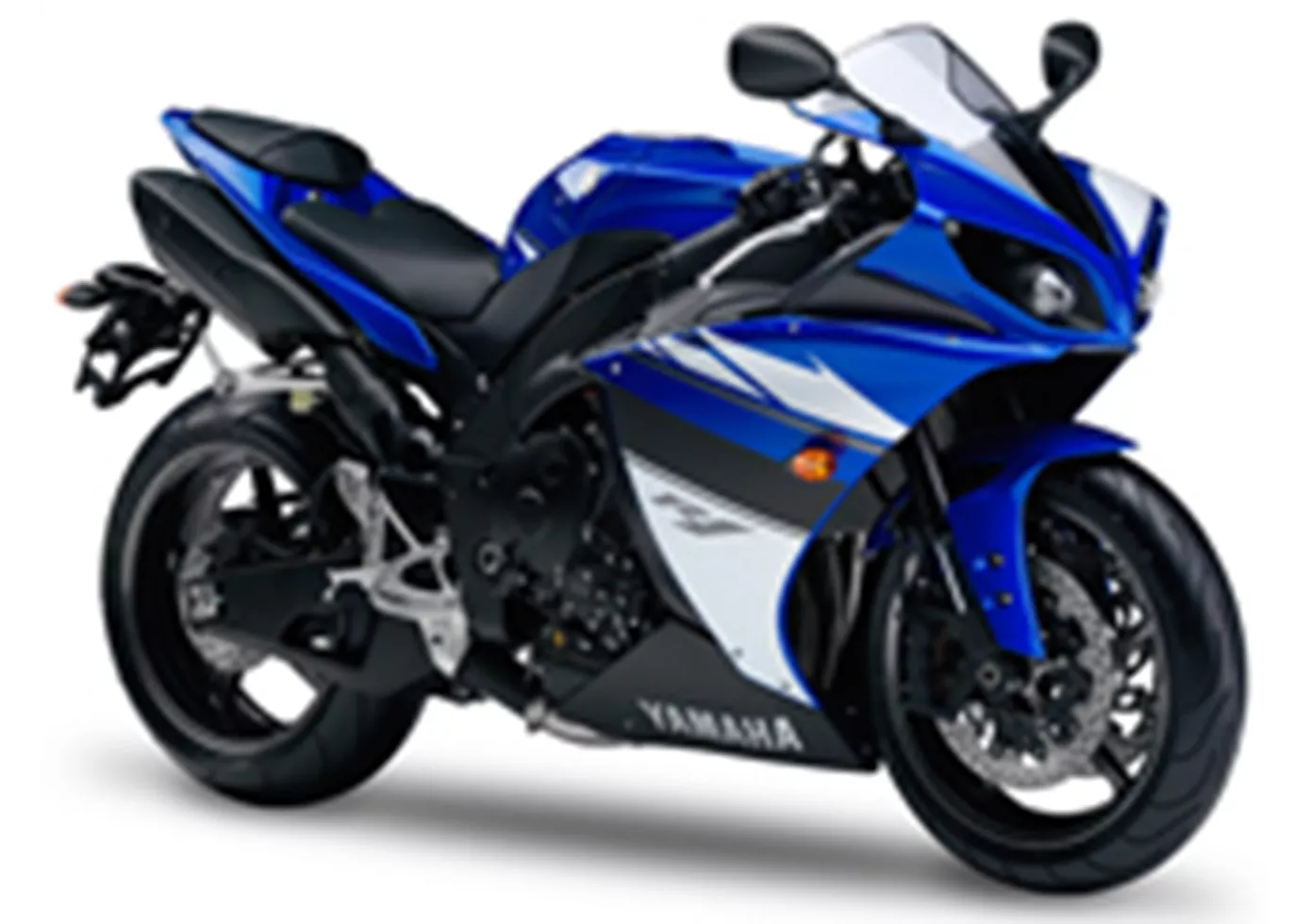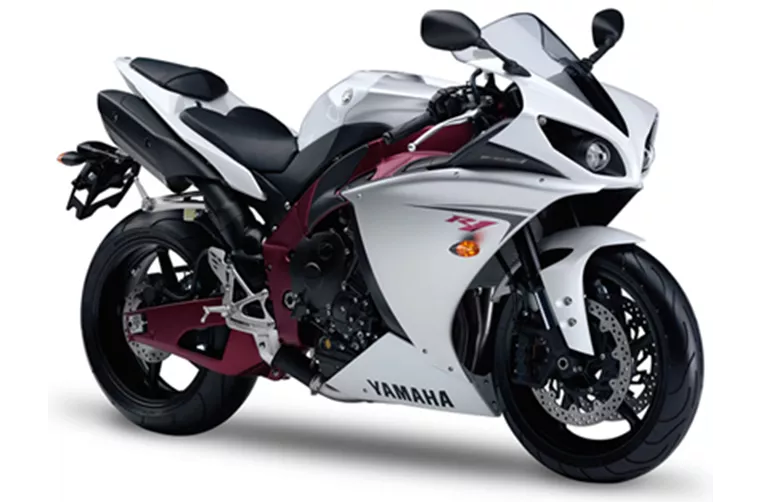Suzuki GSX-R 1000 2009 vs. Yamaha R1 2009

Suzuki GSX-R 1000 2009

Yamaha R1 2009
Overview - Suzuki GSX-R 1000 2009 vs Yamaha R1 2009
The Suzuki GSX-R 1000 model year 2009 and the Yamaha R1 model year 2009 are both supersport motorcycles with similar technical specifications. Both motorcycles have an inline engine type with four cylinders and DOHC valves. However, there are some differences in their specifications.
In terms of the engine, the Suzuki GSX-R 1000 has a bore of 74.5 mm and a stroke of 57.3 mm, while the Yamaha R1 has a slightly larger bore of 78 mm and a smaller stroke of 52.2 mm. This difference in dimensions may result in variations in power and torque output. The Suzuki GSX-R 1000 has a power output of 136 HP and a torque of 116.7 Nm, while the Yamaha R1 has a higher power output of 182 HP but a slightly lower torque of 115.5 Nm. Both motorcycles have a high compression ratio, with the Suzuki GSX-R 1000 at 12.8 and the Yamaha R1 at 12.7.

Suzuki GSX-R 1000 2009
In terms of the chassis, both motorcycles have an aluminum frame. However, the Suzuki GSX-R 1000 has a double spar frame, while the Yamaha R1 has a Deltabox frame. These different frame designs may result in variations in handling and stability.
Both motorcycles have dual disc front brakes and 17-inch diameter tires, providing good stopping power and stability. The Suzuki GSX-R 1000 has a wheelbase of 1405 mm, while the Yamaha R1 has a slightly longer wheelbase of 1415 mm. The seat height of the Suzuki GSX-R 1000 is 810 mm, while the Yamaha R1 has a higher seat height of 835 mm. Both motorcycles have a fuel tank capacity suitable for long rides, with the Suzuki GSX-R 1000 at 17.5 liters and the Yamaha R1 at 18 liters.
In terms of strengths, the Suzuki GSX-R 1000 has an improved geometry, a compact engine design, a relaxed seating position, a multi-adjustable height system, and an anti-hop clutch. On the other hand, the Yamaha R1 has a sophisticated sound, a good power feel, easy handling, hydraulic preload adjustment, and a high level of finishing.

Yamaha R1 2009
However, both motorcycles also have weaknesses. The Suzuki GSX-R 1000 has accessibility issues with compression adjustment, is weaker in the lower RPM range, and is not recommended for beginners. The Yamaha R1 has a suboptimal seating position and may be challenging on long-distance curves.
In conclusion, both the Suzuki GSX-R 1000 2009 and the Yamaha R1 2009 are high-performance supersport motorcycles with their own strengths and weaknesses. The choice between them would depend on the rider's preferences and priorities, such as power, handling, seating position, and intended use.
Technical Specifications Suzuki GSX-R 1000 2009 compared to Yamaha R1 2009
Pros and Cons in comparison
Pros and Cons in comparison
Suzuki GSX-R 1000 2009

A GSX-R 1000 continua a ser algo para o condutor experiente, apesar da sua condução precisa e equilibrada e da entrega de potência controlável. A Suzuki sabe que mil deve permanecer mil e segue rigorosamente este princípio. Esperemos que continuem a fazê-lo durante muito tempo.
Yamaha R1 2009

Naturalmente, o novo motor da R1 também passou em todos os exigentes testes de stress da Yamaha e vem com as mesmas garantias que as outras motos Yamaha. Porque até agora, eram precisamente as questões de durabilidade e fiabilidade que impediam a produção em série de um motor deste tipo.
Price Comparison Avarage Market Price Suzuki GSX-R 1000 vs Yamaha R1
There are a few key differences between a Suzuki GSX-R 1000 2009 and a Yamaha R1 2009. There are the same number of bikes of both models available on the 1000PS.de marketplace, specifically 6. It takes less time to sell a Yamaha R1 with 45 days compared to 64 days for the Suzuki GSX-R 1000. Since model year 2005 1000PS.de editors have written 71 reviews for the Suzuki GSX-R 1000 and 80 reviews for the Yamaha R1 since model year 2005. The first review for the Suzuki GSX-R 1000 was published on 03/03/2004 and now has more than 7 100 views. This compares to more than 3 900 views for the first review on Yamaha R1 published on 28/04/2003.


















